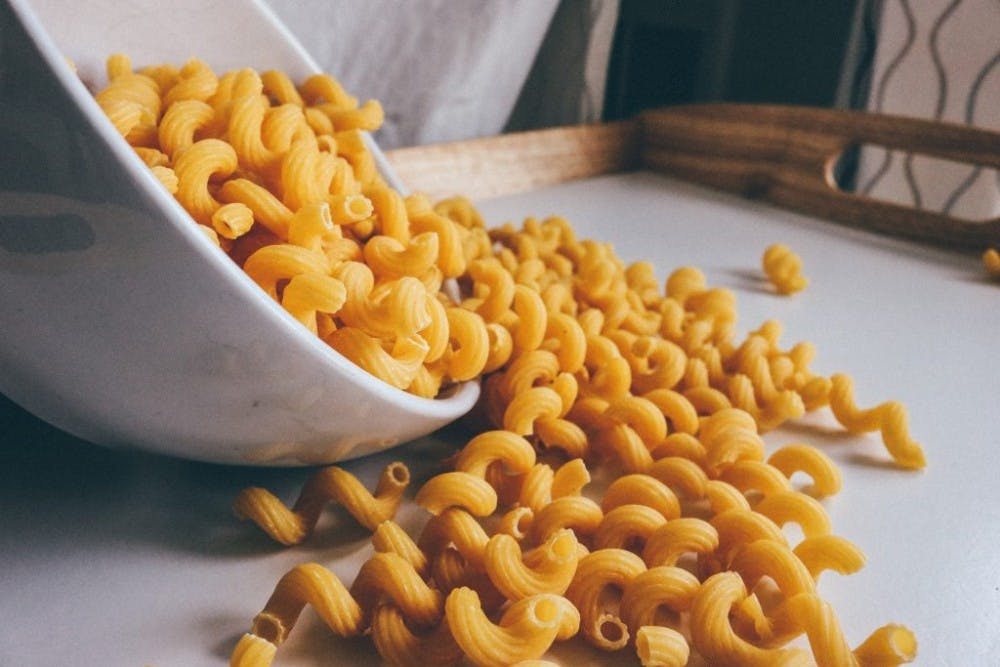Most people have referred to the “five-second rule” in order to save a tasty morsel that has fallen on the germ-covered ground. However, staunch believers of this popular rule may want to reconsider. Scientists from Rutgers University have conducted an experiment that disproves the widely accepted belief that food that was dropped on the ground is clean as long as it is picked up within five seconds.
These researchers, however, are not the first to explore this phenomenon. A study published three years ago in the Journal of Food Protection concluded that certain fresh-cut produce dropped on particular surfaces can become contaminated in less than five seconds.
The T.V. show MythBusters also performed an experiment to test the validity of the five-second rule. The verdict? Busted. However, this new study, published in the journal Applied and Environmental Microbiology, aimed to systematically quantify cross-contamination in a comprehensive manner.
To do so, Extension Specialist in Food Science and Distinguished Professor at Rutgers University Donald Schaffner, and Robyn Miranda, a graduate student at the Rutgers School of Environmental and Biological Sciences, tested four different foods — watermelon, bread, buttered bread and gummy candy — on four types of surfaces: Stainless steel, ceramic tile, wood and carpet.
Each surface was coated in Enterobacter aerogenes bacteria that grew in either tryptic soy broth or peptone buffer media and was allowed to dry completely before the trials began. Though harmless to humans, Enterobacter aerogenes is a close cousin of salmonella, a common food pathogen. It was chosen since it mimics salmonella’s mechanism of attachment when transferring onto different surfaces.
The researchers dropped the different types of food from a height of 12.5 cm, which was previously determined to be the greatest height possible that would allow the food to reliably contact the entire surface. The food was left on the surface for either less than one second, five seconds, 30 seconds or 300 seconds. Each condition was repeated 20 times, allowing the researchers to collect a total of 2,560 data points.
Schaffner and Miranda discovered that the wetter the food, the more bacteria that transferred onto it when dropped. Specifically, watermelon had the most contamination, while gummy candies had the least. The researchers also observed that contamination could occur in a fraction of a second and that longer contact times resulted in higher bacterial transfer rates, as expected.
“Transfer of bacteria from surfaces to food appears to be affected most by moisture,” Schaffner said according to a press release. “Bacteria don’t have legs, they move with the moisture, and the wetter the food, the higher the risk of transfer. Furthermore, longer food contact times usually result in the transfer of more bacteria from each surface to food.”
The researchers also compared the transfer rates of bacteria from different surfaces. Carpet came out on top, with significantly lower transfer rates than those of ceramic tile and stainless steel. The transfer rate for wood, on the other hand, was found to be more variable.
The food and surface combination that was the best at resisting bacterial transfer was gummy candies on carpet, which did not become contaminated within five seconds. However, the researchers caution that this exception is not enough to prove the validity of the five-second rule. Many factors, such as moisture, type of bacteria and surface topology, may be just as important as the length of contact time.
“The five-second rule is a significant oversimplification of what actually happens when bacteria transfer from a surface to food,” Schaffner said in a press release. “Bacteria can contaminate instantaneously.”





